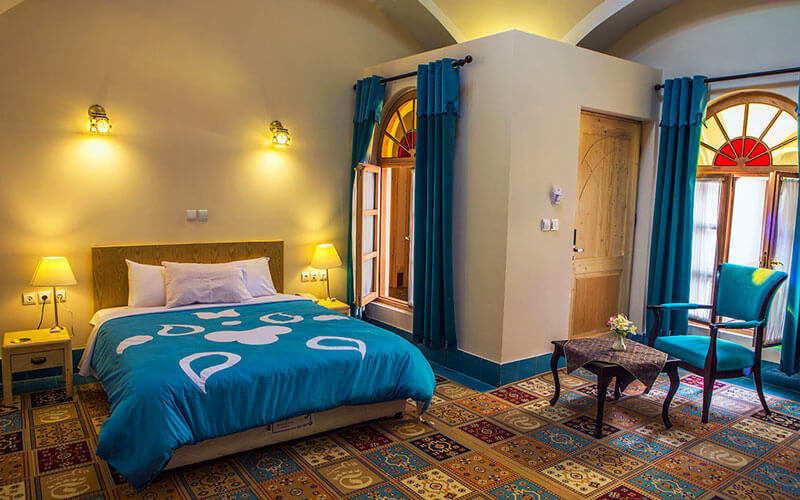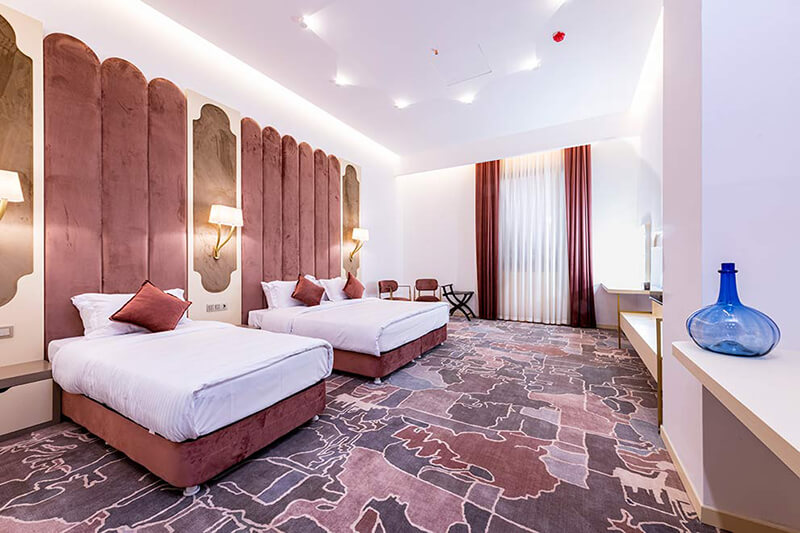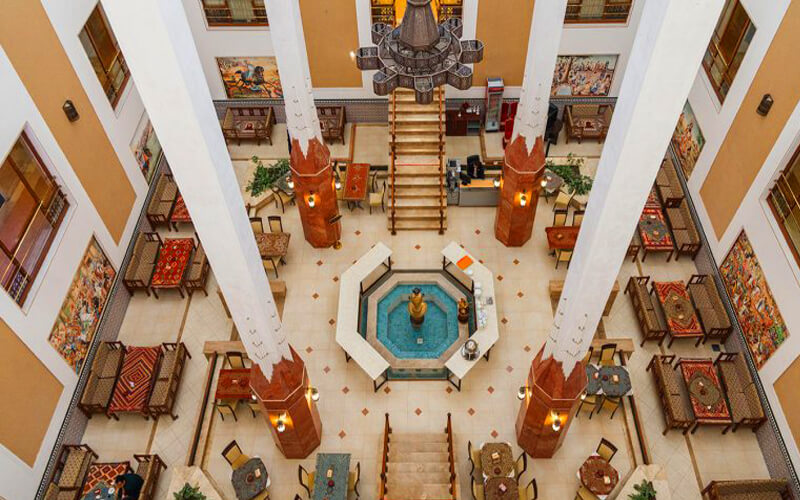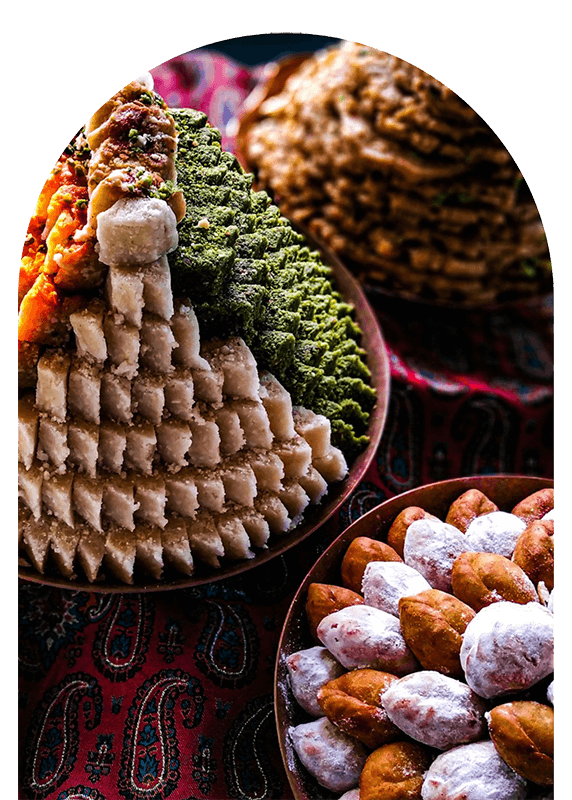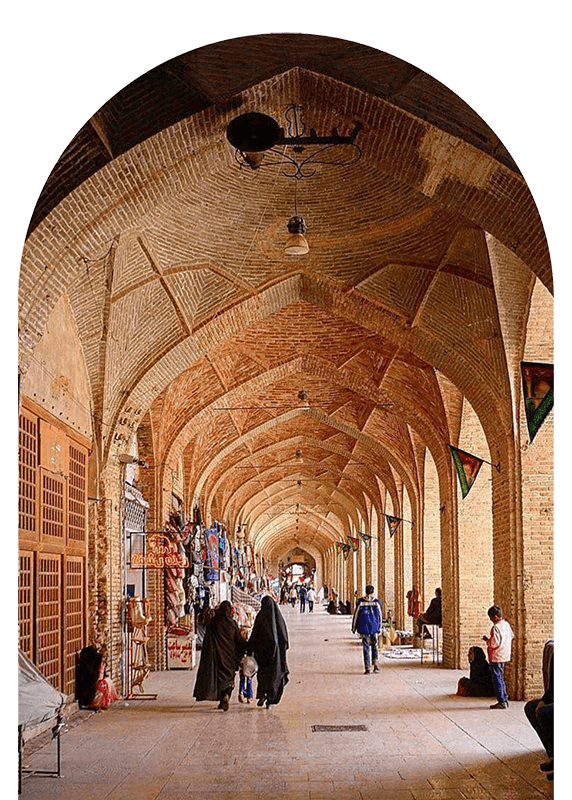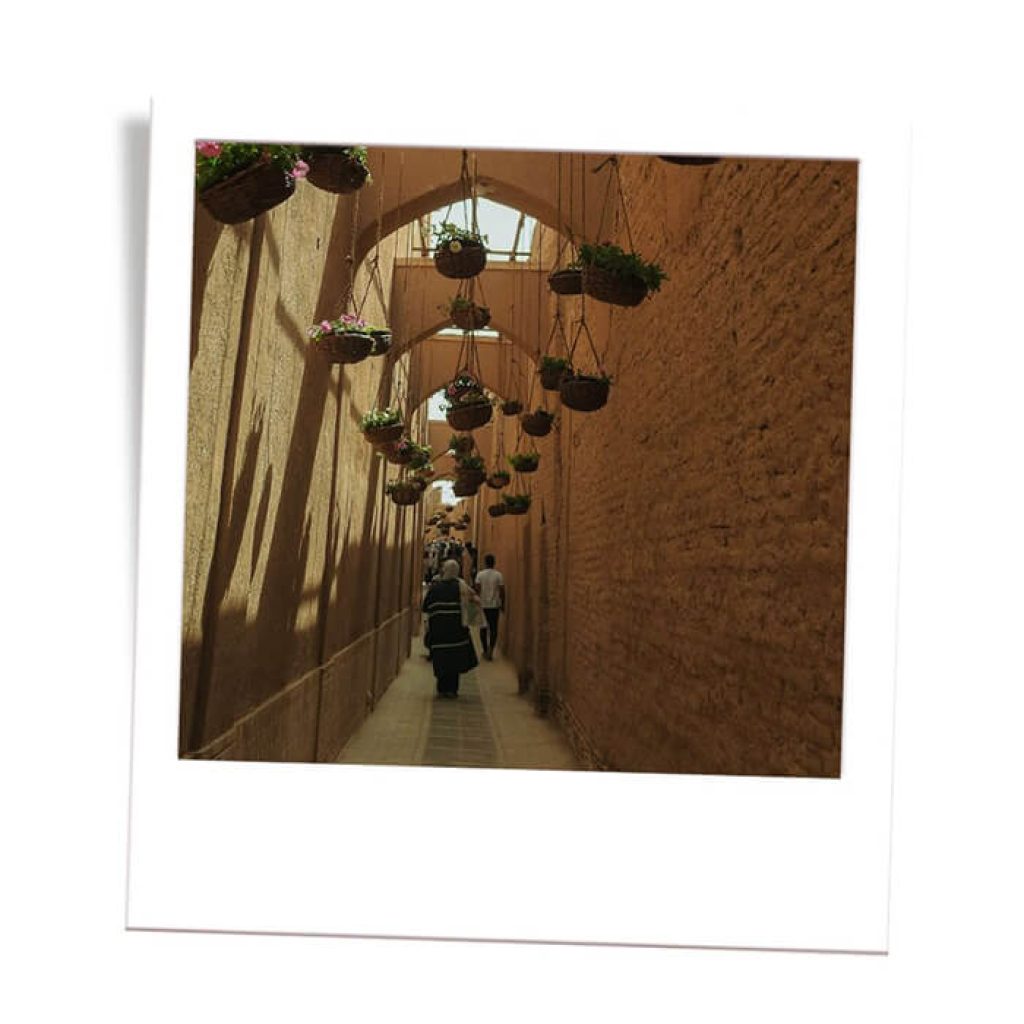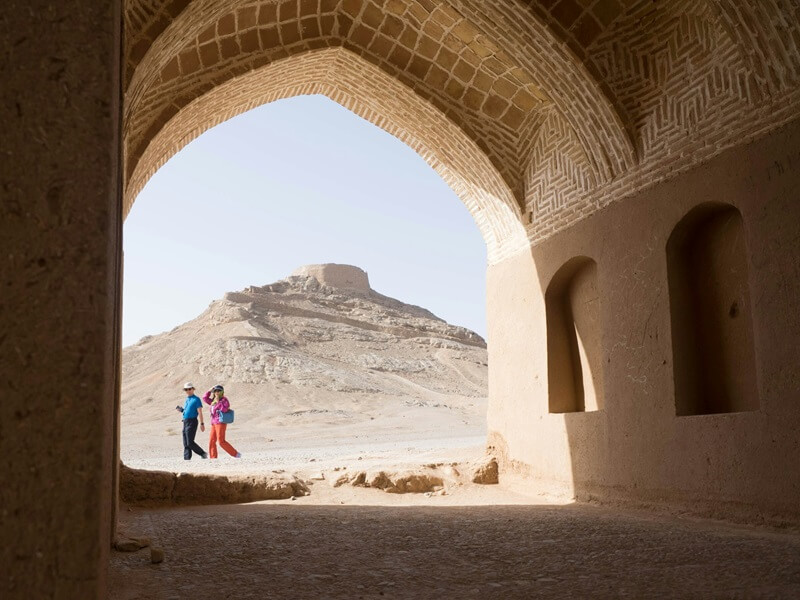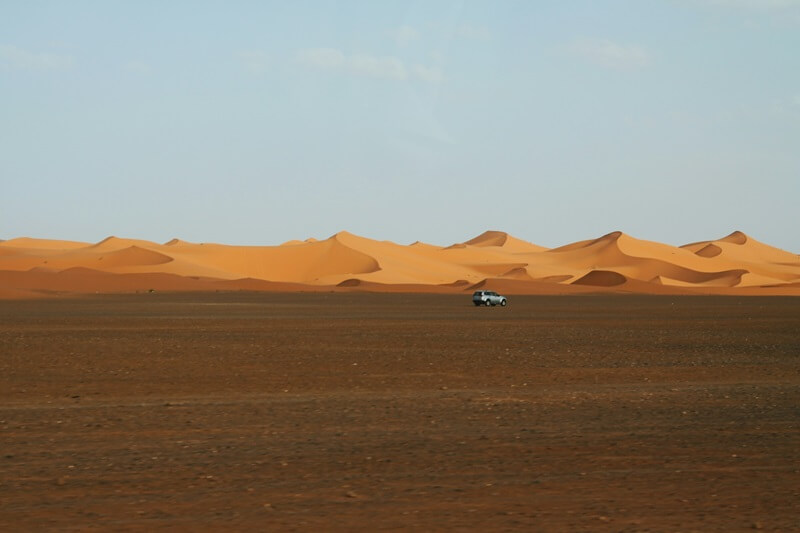Yazd is a desert gem where ancient traditions, ingenious architecture, and spiritual depth come together in harmony. Whether you’re drawn to the silence of the desert, fascinated by Zoroastrian heritage, or enchanted by the winding alleys of the Old Town, this 3-day itinerary will take you through the essence of Yazd. From discovering the city’s iconic windcatchers and mudbrick structures to visiting sacred fire temples and exploring nearby villages like Meybod or Chak Chak, Yazd invites you to slow down and connect with a timeless way of life. Use this itinerary as your guide or personalize it to suit your pace—either way, a memorable journey awaits.





